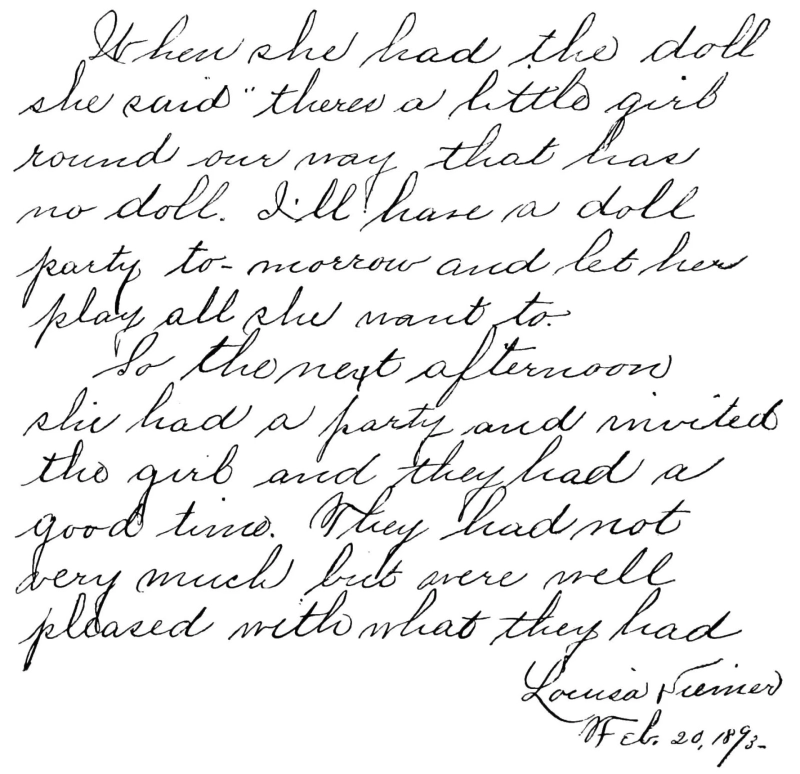Have you ever wondered how handwriting analysis is used in crime-solving? From identifying forgeries to connecting suspects to a crime scene, forensic handwriting experts play a crucial role in criminal investigations.
In this blog post, we'll take a closer look at the forensic side of handwriting analysis and explore the fascinating world of solving crimes through handwriting examination. Get ready to be intrigued by the science behind analyzing scribbles and strokes!
What is Handwriting Analysis?
Handwriting analysis is a field of forensic science that uses handwriting analysis to solve crimes. The process of handwriting analysis begins with the examiner examining a writing sample to identify features unique to the individual who wrote the paper. This information can then be used to determine the person who wrote the script and potentially help solve a crime.
The examiner will look for common characteristics among all people, such as how letters are formed and placed on the page. Still, they will also look for unique features specific to each individual. These unique characteristics can be used to identify a suspect or victim in a crime or even prove someone's innocence.
Handwriting analysts use many different tools to examine a sample of handwriting, including optical character recognition (OCR) software, which can translate letters into digital images; document comparison software, which compares two pieces of handwritten text; and hand-held scanners, which can capture images of handwritten text.
Though there is no definitive way to analyze handwriting, practice, and experience are critical factors in becoming an influential handwriting analyst. Understanding how human brains process written language is also essential – this knowledge can help analysts understand why certain characters or words appear more frequently in particular writings than others.
What does a handwriting analysis report include?
The handwriting analysis report includes detailed findings of the examiner's examination and interpretation of the text. The information will also include recommendations on improving the writing skills of the examined person. A handwriting analysis report may include the following:
-The examiner's background, training, and experience in handwriting analysis
The examination of the document or lettersAn evaluation of the writing style and characteristicsA comparison with established samplesHow can handwriting analysis be used to solve crimes?
Handwriting analysis can solve crimes by providing a valuable investigative tool for detectives. Handwriting samples can provide essential clues about the identity of the person who wrote them and can also be used to identify patterns in handwriting that may indicate personality or mental health issues.
Investigators often use handwriting analysis to determine whether an individual was at a particular place at a specific time or to help identify a writing sample as belonging to a particular person. For example, suppose the police are investigating a crime scene and find a piece of paper with the victim's handwriting. In that case, they may use forensic handwriting analysis to try and identify the victim.
Similarly, suppose the police are investigating someone for stolen property. In that case, they may ask the suspect to write a confession on blank paper. By comparing the suspect's handwriting against that of known criminals, detectives can hopefully catch the thief in the act.
Handwriting analysts also use handwriting analysis in cases where an individual is suspected of committing a crime but lacks any physical evidence linking them to the crime. By studying the suspect's handwriting, investigators may be able to get a better understanding of their character and motivation for committing crimes. This information can then build a complete case against the suspect.
What are the different types of handwriting?
Handwriting analysis is a method used to determine a person's identity or the document's writer. There are three main types of handwriting: formal, informal, and automatic.
Traditional calligraphy is often seen in writing done for school or work purposes. In everyday handwriting, letters may be larger or smaller than usual, with more loops and swirls. Automatic writing is when a person writes without consciously controlling their hand.
How can handwriting analysis be used to identify suspects?
Handwriting analysis can be used to identify suspects in several criminal investigations. In cases involving murder, for example, handwriting analysis can often be the first step in solving the issue.
One of the most common uses for handwriting analysis is in homicide investigations. By comparing a suspect's handwriting with that found at the scene of a murder, investigators may be able to determine who was responsible for the crime. This information can then be used to build a case against the suspect.
Handwriting analysis can also be used to solve other crimes. By identifying patterns in a suspect’s handwriting, investigators may be able to link them to other crimes they have committed. This information can then incriminate the suspect and bring them to justice.
There are many benefits to using handwriting analysis in criminal investigations. By identifying potential suspects, investigators may be able to resolve some cases quickly. Additionally, investigators may build more substantial cases against these suspects by linking specific crimes committed with particular individuals.
Conclusion
Handwriting analysis is an essential tool for solving crimes, and skilled hand writers can provide crucial clues that help investigators piece together the identity of a suspect or victim. To learn more about this fascinating field, explore the resources on HandwritingAnalysis.net.
We have compiled a comprehensive list of articles and videos to teach you everything you need about handwriting analysis, from the basics to more advanced techniques. With knowledge at your fingertips, armed with the right tools, and backed by years of experience in this field, nothing stops you from becoming a successful handwriting analyst! Thanks for reading!


